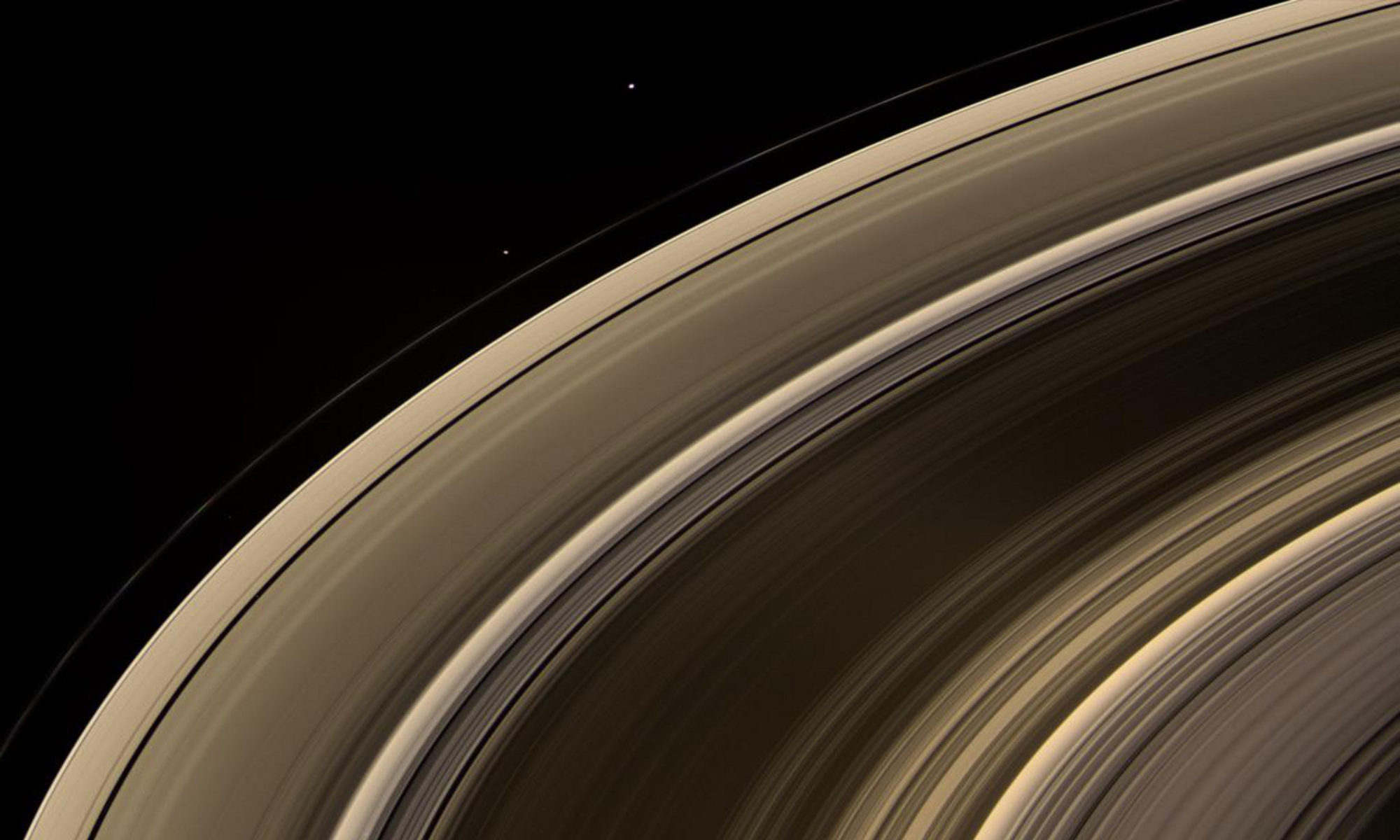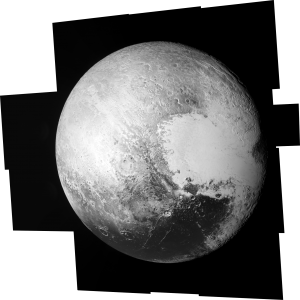“The state of our NASA, is strong” NASA Administrator Charlie Bolden emphatically stated. This was the mantra of the press conference on February 9th, broadcast to all NASA centers as well as to NASA TV at 1:30pm eastern time. The State of NASA event was a powerful event to attend, and I feel truly honored to have been present at Goddard Spaceflight center for this historic occasion. This event was focused on the present and future of our space program. With a special emphasis on the importance and necessity of exploration and scientific understanding of our solar system and of our home world, Earth.
The passion in Bolden’s voice was clearly audible as he outlined the importance of this great organization, as well as the future plans for the exploration of our solar system, as well as our home planet. But perhaps his most moving moment was his recollection of the past. He recalled growing up as a young african american in the segregated south and the struggles that he faced. He never imagined that today, he would be leading our nation’s space program. We truly have come a long way as a country, and our space program is better for it, both in terms of diversity and gender equality. As Bolden pointed out, our latest class of astronauts is 50% female and 50% male for the first time in history.
NASA has contributed to our overall quality of live in ways that most people don’t realize. In fact by some estimates, for every $1 we put into NASA, we get nearly 7$-14$ return. There was an excellent article in Forbes with an interview with Neil deGrasse Tyson about this. As we look forward to future human crewed missions to Mars, we need to keep these benefits in mind. The technology and innovation that are created out of necessity for these upcoming missions will be invaluable to industry and indeed our civilization as a whole. Bolden made the claim that “every american will benefit from our journey to Mars.” I wholeheartedly agree. He also underscored the importance of our Earth science program, to understand our home planet, as he put it, “the most important planet.” NASA has a huge role to play in our understanding of our climate and our planet as a whole.

In addition to the State Of NASA press conference, this event was also a NASA Social, where members of the public, particularly those with blogs and/or social media presence, can apply to attend and document the event. I attended the event hosted at Goddard Spaceflight Center and was treated, along with the other attendees, to a tour of the facility, including a visit to the clean room where the James Webb Space Telescope is currently being assembled! This, for me, was by far the highlight of the day. As we ascended the staircase to the glass wall overlooking the clean room, I became very excited. I could hardly breath as I looked out onto the massive structure that holds the segmented primary mirror assembly, as well as the arm which holds the secondary mirror.

Seeing this monument to our collective intelligence as a species in person, was an indescribable experience. This artifact of our technological civilization will help us to understand our universe by looking deeper into the observable universe than the Hubble Space Telescope is capable of doing, and will also help us understand the atmospheres of nearby planets, among many other scientific objectives. This massive telescope will be sent to our Earth-Sun Lagrange point L2, roughly 1.5-million kilometers away from Earth. Someday soon in the near future, we will be able to look back at this telescope and point to our new understandings that were made possible by this great instrument, just as we have (and continue to have) with Hubble and other great space missions.
We also toured the area which housed their enormous vacuum chambers for testing spacecraft. Below is one image of the chamber which will be used to test the JWST.

We also got a personal briefing on another space telescope currently planned for 2018, called TESS, the Transiting Exoplanet Survey Satellite, which will study the whole sky over a period of two years during its primary mission looking for exoplanets orbiting nearby star systems. If Kepler is any indication, this will prove to change our understanding once again about the amazing number of planets out there in our galaxy. I’m extremely excited about this mission in particular, because it will show us exoplanetary systems which are much closer to us than those discovered by Kepler. This will allow us to better characterize their atmospheres (with the JWST and other observatories) which may ultimately help us to find planets with conditions that are potentially favorable to life. Such planets would also make excellent targets for SETI search operations. It was a privilege to hear about this mission from some of the scientists that work directly on this mission.
It was my great honor and pleasure to be invited to attend the NASA Social at Goddard Spaceflight Center on February 9th. I want to thank those that organized this event, which was truly a one of a kind experience.
-Josh





